.....alternatively, skip the panting, sweating and grumbling with a visit to an air-conditioned museum.
Our recommendations for escaping the brazen sky of withering July 2021 can be found in Munich, Aalborg, Eisenhüttenstadt, Wrocław and Karlsruhe.
And as ever in these times, if you are planning visiting any exhibition please familiarise yourself in advance with the current ticketing, entry, safety, hygiene, cloakroom, etc rules and systems. And during your visit please stay safe, stay responsible, and above all, stay curious……
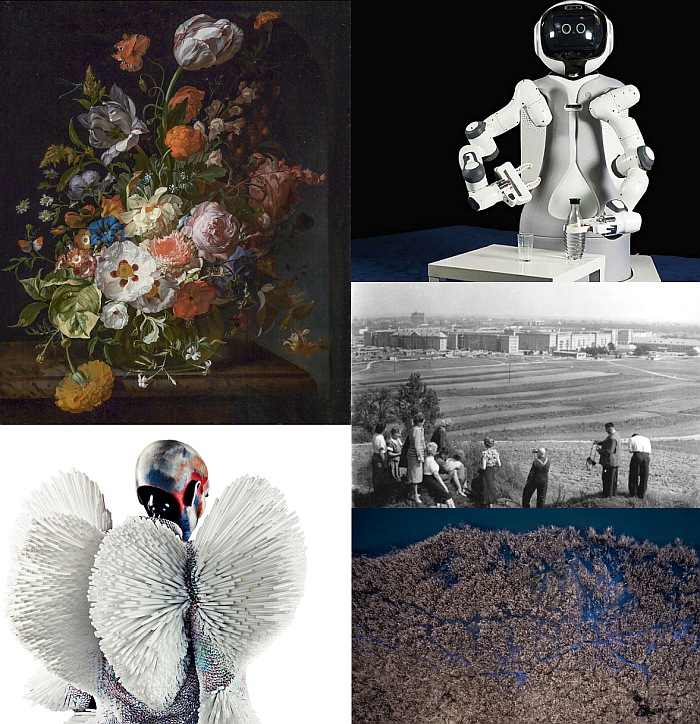
Amongst the many, many fundamental questions contemporary society has to, must, urgently, contend itself with is that of in which contexts we want Artificial Intelligence integrated into our daily lives? And to what extent we want it integrated? And under whose supervision and control?
Questions whose answers can only be sensibly approached through a better understanding of what Artificial Intelligence is, where it is currently employed, where it could be employed, why/when it's good, why/when it's not good and who shouldn't be allowed anywhere near it.
With the exhibition AI. Robotics. Design, the Die Neue Sammlung, Munich, promise to provide a platform for just such.
Staged in context of the Die Neue Sammlung's Paternoster Hall exhibition series, AI. Robotics. Design was developed by Professor Sami Haddadin, Director of the Munich School of Robotics and Machine Intelligence at the Technischen Universität München and promises to approach its subject in four chapters: the history of Artificial Intelligence; dystopian Artificial Intelligence; utopian Artificial Intelligence; and practical Artificial Intelligence. The latter chapter integrating robots into and with the Paternoster Hall's two paternoster, robots who throughout the course of the exhibition's run will, all going to plan, produce what the museum describe as "a seemingly endless document"; "a seemingly endless document" produced in interaction with humans, both museum visitors and also those further afield via an app, and which as an experiment of human/A.I. interaction should allow for insights into the possibilities, practicalities, ¿realities?, of human-robotic interactions, and also insights into whether such, could, potentially, tend to the dystopian or utopian. And for all allow for insights into the why they could, potentially, tend to the dystopian or utopian, which is an important part of our reflections on the questions in which contexts we want Artificial Intelligence integrated into our daily lives, to what extent and under whose supervision and control.
AI. Robotics. Design is scheduled to open at Die Neue Sammlung – The Design Museum, Barer Straße 40, 80333 Munich on Friday July 16th and run until Sunday September 18th 2022. Please check Die Neue Sammlung website for current information.
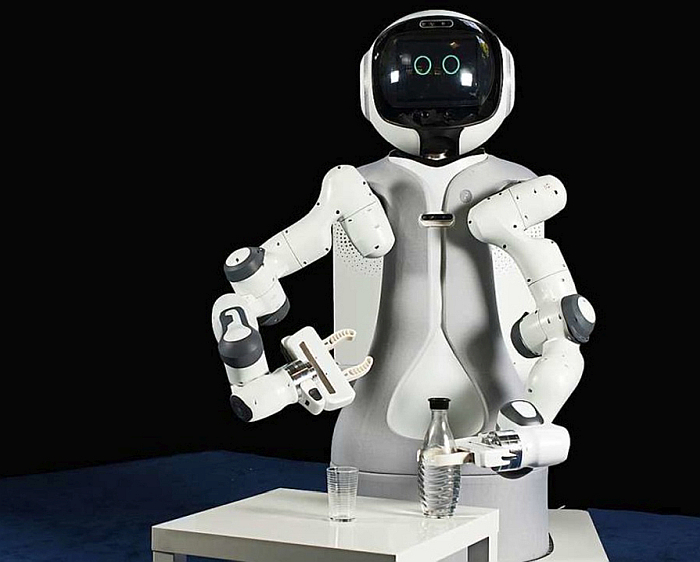
Organised in conjunction with Designmuseum Danmark and Louisiana Museum of Modern Art, The Magic of Form aims to explore design from Denmark less in context of the functionality, materials or epochs in which it is normally explored, but rather, and as the second half of the title implies, primarily in context of visual art, sculpture, architecture, performing arts, et al, and thus in context of design's relationships with other creative disciplines, in context of other processes and media for reflections on and expressions of contemporary society.
Exactly how Kunsten plan to do that, we are admittedly unsure.
Alone we are sure that Kunsten plan to do so in the company of designers from throughout the history of design as an identifiable profession in Denmark including characters as varied as, and amongst many others, Thorvald Bindesbøl, Arne Jacobsen, Verner Panton or Louise Campbell; and also are sure that in doing such Kunsten should allow for differentiated understandings of not only the development of design in Denmark but also on the myriad complex relationships between design and Denmark.
And in doing so should help counteract, and possibly rescind, the nefarious, cancerous, H****. Which would be of enormous service to design, and designers, in Denmark.
The Magic of Form – Design and Art is scheduled to open at Kunsten Museum of Modern Art, Kong Christians Allé 50, 9000 Aalborg on Friday July 9th and run until Sunday November 14th. Please check the Kunsten website for current information.
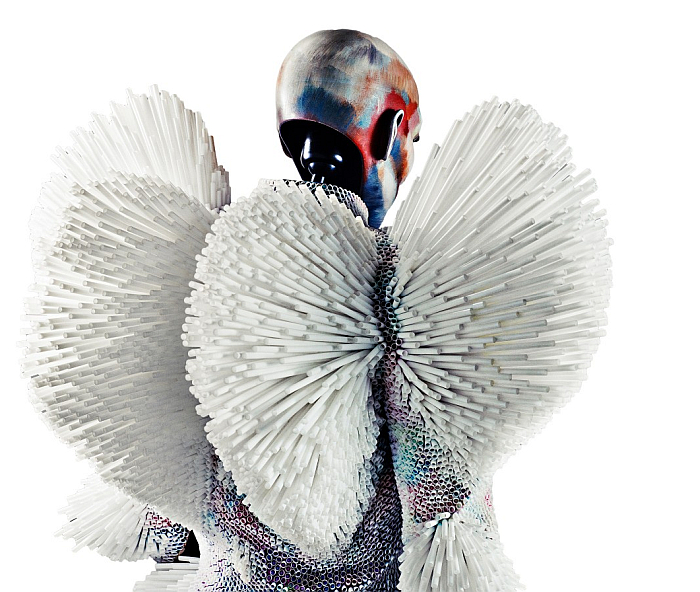
Very few towns in the former East Germany, if indeed any, are as intimately related with the economic, political, cultural and social realities of the rise and fall of East Germany as Eisenhüttenstadt: born as a new town to house the new workers of a new steel works, Eisenhüttenstadt grew along with its steel works. And crashed as the steel works did following the demise of East Germany.
A crash that saw much of the economic, political, cultural and social fabric ripped from the town; having, as they had, arisen with, and understood themselves in context of, an Eisenhüttenstadt that no longer existed. And a post-1989 reality which led to a very urgent, "and now?!?!?"
The answers to that "and now?!?!?" as developed and realised by both the authorities and denizens of Eisenhüttenstadt, or at least those who remained as the city rapidly shrunk in the 1990s, form the core of Endless Beginning; a core the curators promise to extend with explorations of the post-1989 realities and experiences in Nowa Huta, a similar new community of steel workers albeit in an urban context on the edge of Krakow, and Schwedt, a city some 120 kilometres downstream from Eisenhüttenstadt and which, as with Eisenhüttenstadt, grew with East German industry, until East Germany ceased to be.
And thus an exhibition of one city's story in context of both itself and other comparable, but not identical, cities which should allow for reflections on how towns, cities and communities can, should?, shouldn't?, respond to major, fundamental, moments of economic, political, cultural and social upheaval, and thus reflections on the resilience of our contemporary towns, cities and communities.
Endless Beginning. The Transformation of the Socialist City is scheduled to open at Museum Utopie und Alltag, Erich - Weinert - Allee 3, 15890 Eisenhüttenstadt on Sunday July 4th and run until Sunday May 29th 2022. Please check the Museum Utopie und Alltag website for current information.
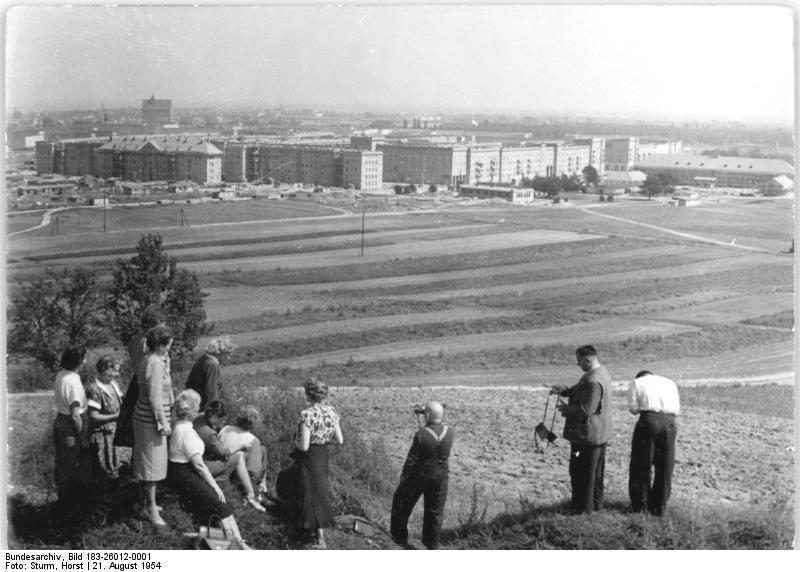
In 1881 the authorities of, the then, Breslau established in the rural calm of Osobowice, to the north-east of the city, one of the first mechanical-biological wastewater treatment plants in Europe; in effect a sewage treatment plant which employed the natural, geologic and pedologic, characteristics of the area to filter out waste before the water entered the river Odra. A natural sewage treatment works that remained in use until 2015 and which in the course of its 134 years helped develop a very singular, rich and varied ecosystem in Osobowice. And thus not only one of those rare examples of human intervention impacting positively on the environment, but which after its closure poses question as to the future of the so called Drain Fields: for without the regular watering, and nourishment, afforded by Wrocław's waste water, the singular, rich and varied ecosystem established by that 134 years of regular watering, and nourishing, is threatened.
By way of approaching answers BWA Wrocław invited a number of designers and artists to develop a project in and with the Drain Fields, projects intended to explore and discuss varying aspects of not just the Drain Fields past, present and future, how the Drain Fields can become Regeneration Fields, but also the wider question of our future relationships with ecosystems arising from human activity and threatened by changes in that activity. And of which there are a great many.
In addition Regeneration Field aims to explore the problem of what the organisers term "acoustic smog", that all-pervading background noise of contemporary society; a problem which in many regards subsided as the Corona pandemic saw daily life restricted, but which going forward threatens to become a problem once again. If it does or doesn't depends, invariably, on us all, and our understandings of what "acoustic smog" is, the problems it can cause and the alternatives.
Regeneration Field is scheduled to open at Dizajn Gallery, BWA Wrocław, Świdnicka 2-4, 50-067 Wrocław on Friday July 9th and run until Sunday October 31st. Please check the BWA Wrocław website for current information.
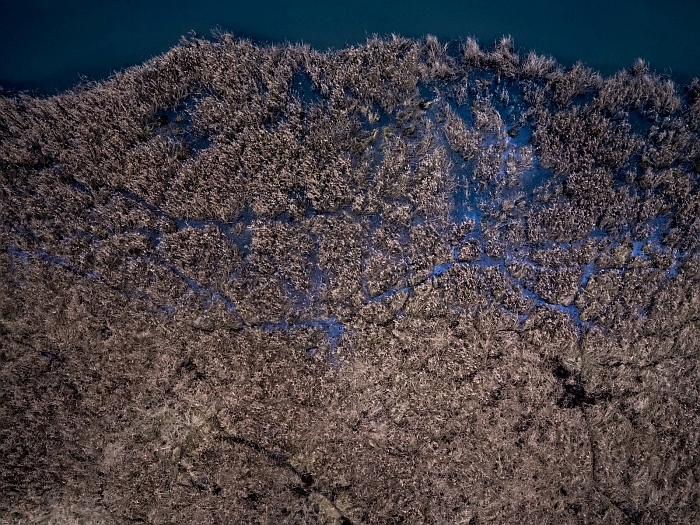
Ever more of us ever oftener articulate our interest in nature, and for all our interest in protecting nature.
But what do we understand by "nature"? Both collectively and individually.
With the exhibition Inventing Nature the Kunsthalle Karlsruhe, promise a presentation of "nature" related art from the past 500 years; a showcase featuring artists as diverse as, and amongst many others, Hans Holbein, Max Ernst, Christiane Löhr, Volker Kreidler or Kiki Smith, and a showcase reflecting not only a myriad differing understandings of and relations to nature, but which also promise to explore and elucidate changing attitudes to and understandings of nature in the course of those 500 years.
And which in doing so should help underscore that while nature is unquestionably real, it is also an artificial construction, is something we perceive rather than see; an artificial construction closely related to the contemporary societies and cultures in which it arose. And thereby helping focus attention on considerations on what it is that we ever oftener articulate our interest in and what it is that we are interested in protecting. And if it is wise that we wish to protect it. Or if there is a better, wiser, alternative.
Inventing Nature. Pflanzen in der Kunst is scheduled to open at the Kunsthalle Karlsruhe, Hans-Thoma-Straße 2, 76133 Karlsruhe on Saturday July 24th and run until Sunday October 31st. Please check the Kunsthalle Karlsruhe website for current information.

1Ruth Pitter, The Diehards, 1941